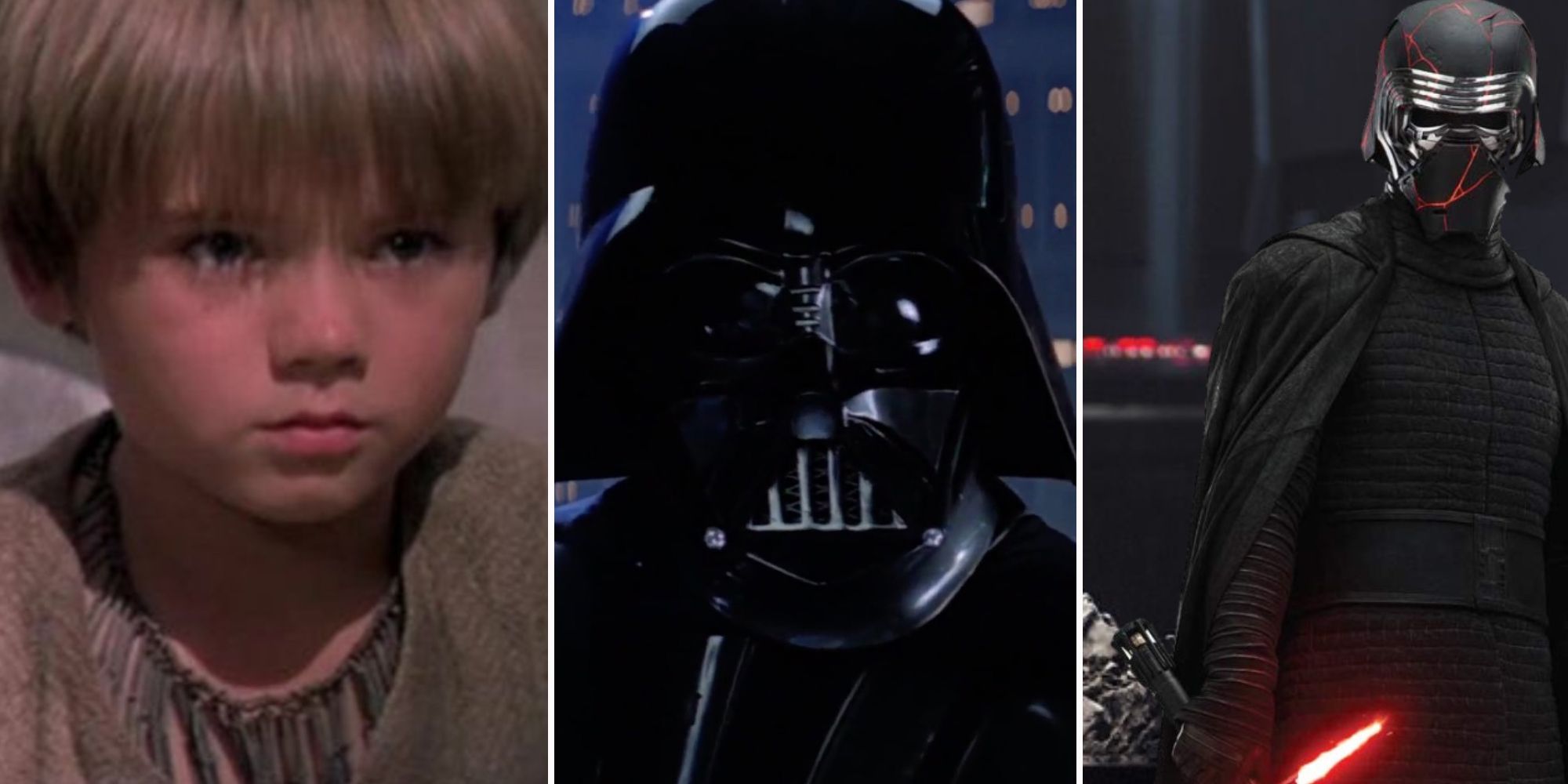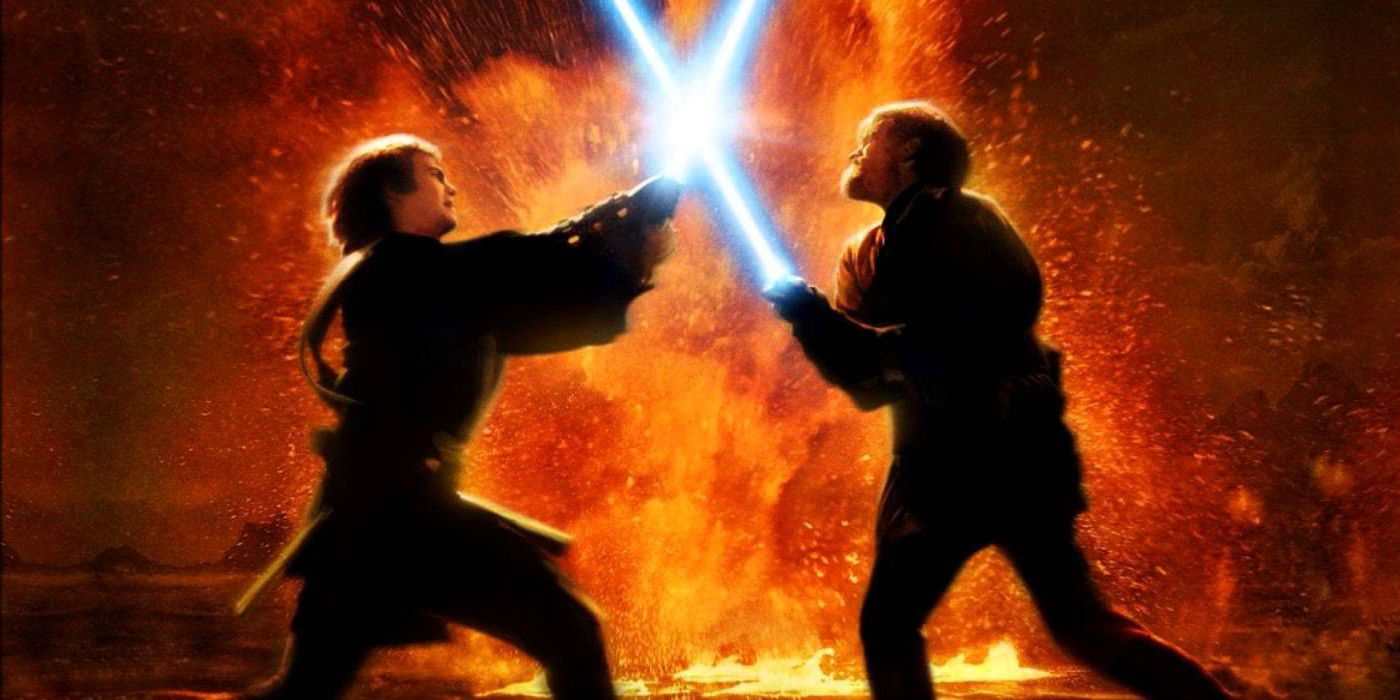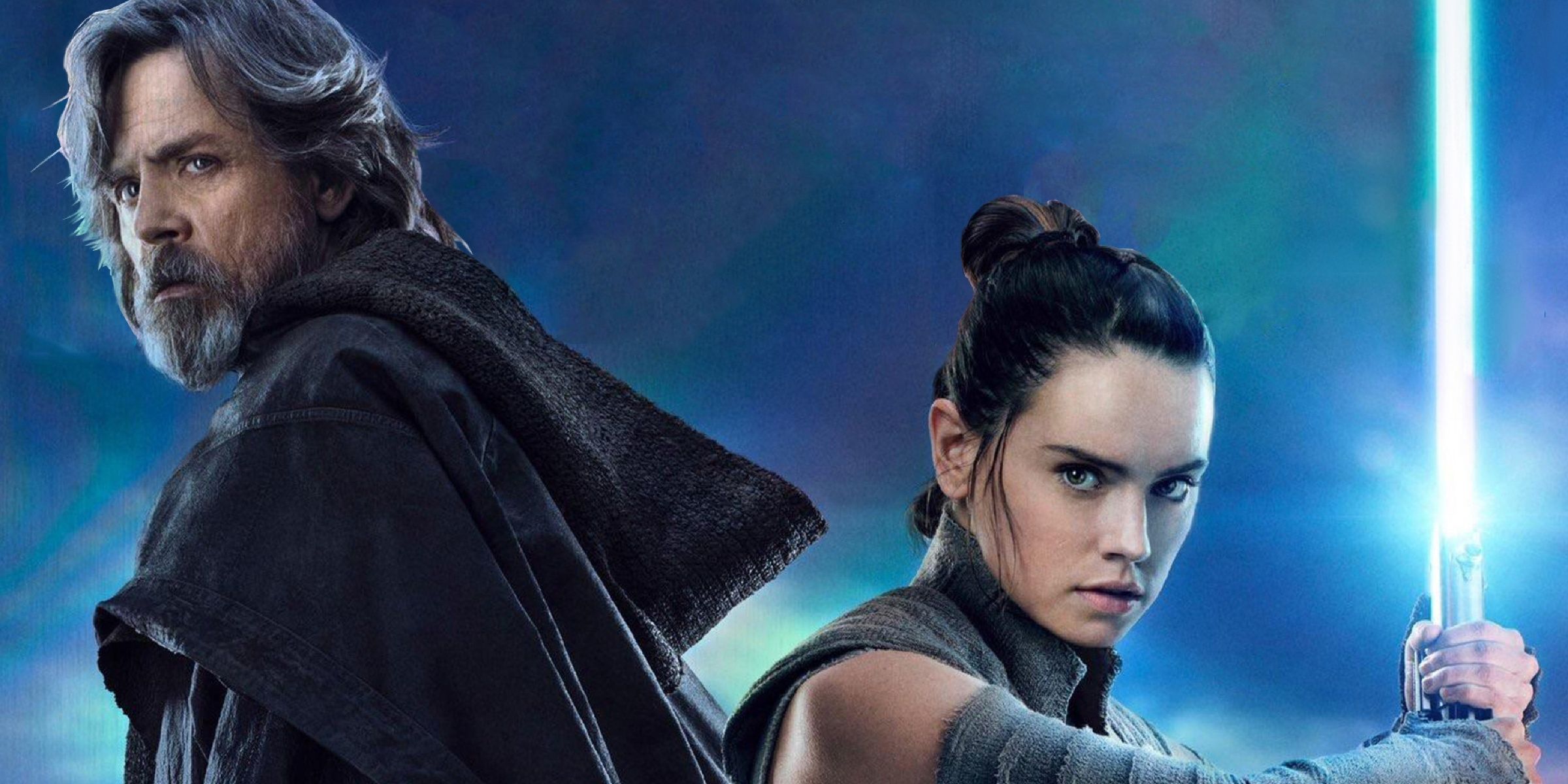
Here's how much time passes in each Star Wars trilogy. Set over the course of nine films, the Skywalker saga follows multiple generations of the Skywalker family, depicting different widespread galactic conflicts. Chronologically in the movies, audiences follow the fall of the Jedi Order, the Empire's reign, and Emperor Palpatine's ultimate defeat, story threads that coalesce together to make an epic space opera that deals with themes such as hope and destiny. Last year's The Rise of Skywalker was billed as the conclusion to the saga, meaning Lucasfilm will be exploring fresh horizons in the future.
Since the Skywalker saga is so wide-spanning, it obviously unfolds over a number of years in galactic history. Within the context of the Star Wars galaxy, audiences have seen just a snippet of what's happened in this universe, but the Skywalker saga was still a pretty long story.
And since the movies themselves do not explicitly state how many years have passed between movies, some may be wondering just how much time it took for the entire Skywalker saga to happen in-universe. Using the unofficial Star Wars calendar system of BBY and ABY (Before and After the Battle of Yavin), it's easy to figure out.

The prequel trilogy has the biggest time jump in the entire saga. The Phantom Menace picks things up in 32 BBY, at a time when the Jedi Order was at the height of its powers and the Galactic Republic was enjoying a period of relative peace. A whole decade passes before Attack of the Clones starts, putting that movie in 22 BBY. Finally, Revenge of the Sith is set in 19 BBY, meaning three years passed between the final two prequels. That stretch was the primary focus of The Clone Wars, filling in the gaps of what happened between movies (and arguably improving the prequels in retrospect). The entire prequel trilogy takes place over 13 years; Anakin Skywalker is a 9-year-old child when it begins and 22 years old when it ends.

The original trilogy's story is more truncated by comparison, but still had its fair share of time jumps. A New Hope, obviously, is set in 0 BBY (the same year as Rogue One). Three years pass between the events of A New Hope and The Empire Strikes Back, replicating the real-world wait audiences had to endure for the sequel. Finally, Return of the Jedi is set in 4 ABY, meaning it takes place a year after The Empire Strikes Back. In total, only four years pass during the original trilogy. Luke Skywalker is 19 years old in A New Hope, and completes his Jedi training at 23 years old.

This is the shortest Star Wars trilogy in terms of in-universe time by far. The Force Awakens is set in 34 ABY, which is the same year The Last Jedi takes place. This is the only instance in the series where there is no time jump between installments. That changed slightly for The Rise of Skywalker, but not by much. That movie is set in 35 ABY, meaning only a year took place in the entire sequel trilogy. Rey is 19 years old when she begins her journey and 20 when it ends. Additionally, the entire saga is set over the course of 67 years.
from ScreenRant - Feed https://ift.tt/3fnxVhF

No comments: